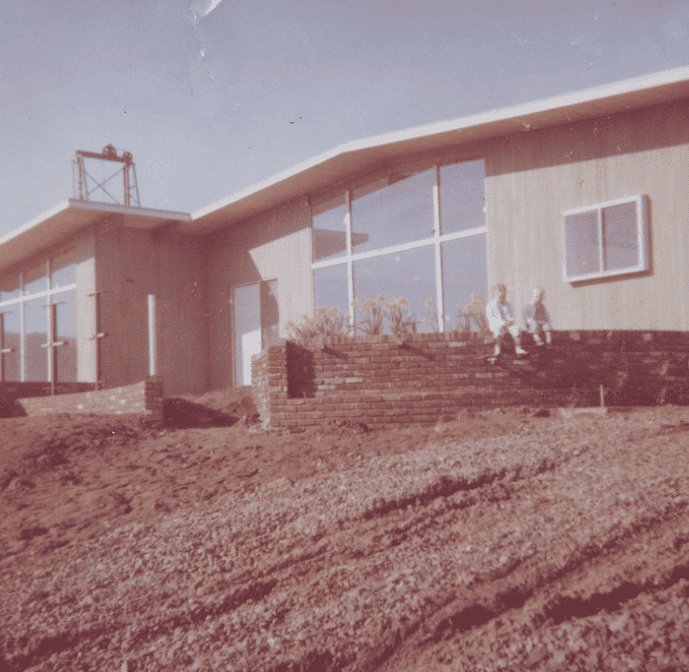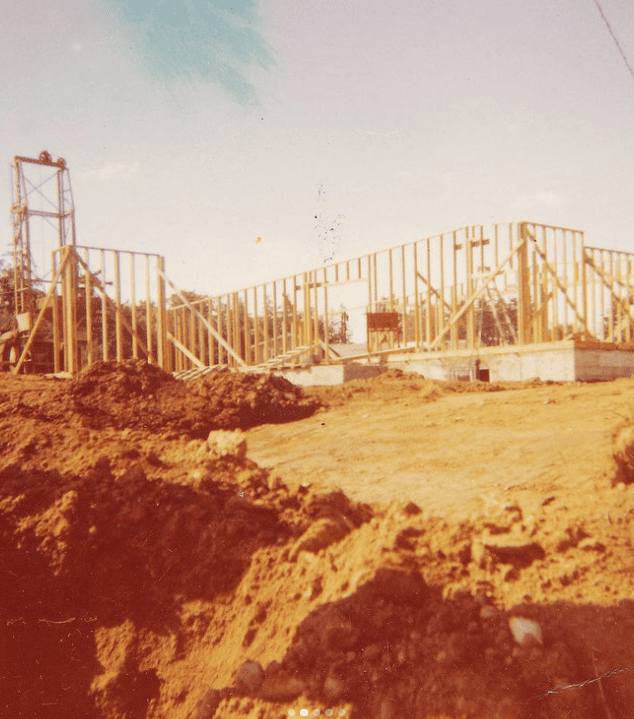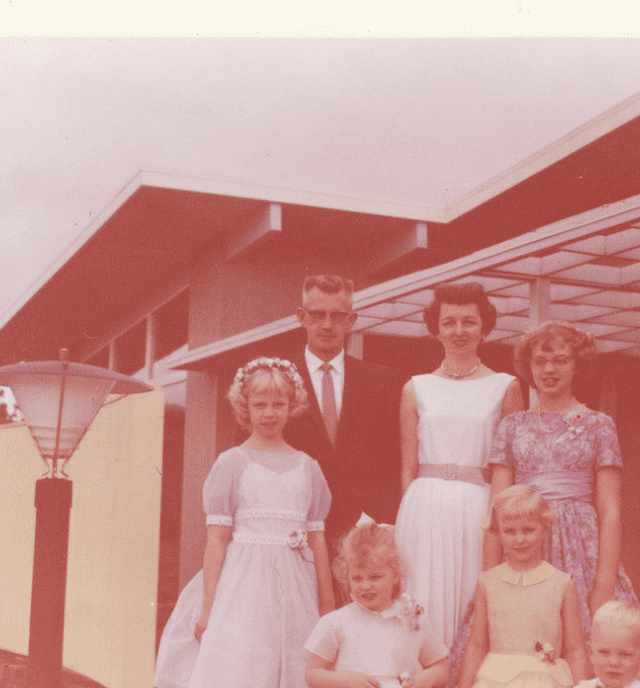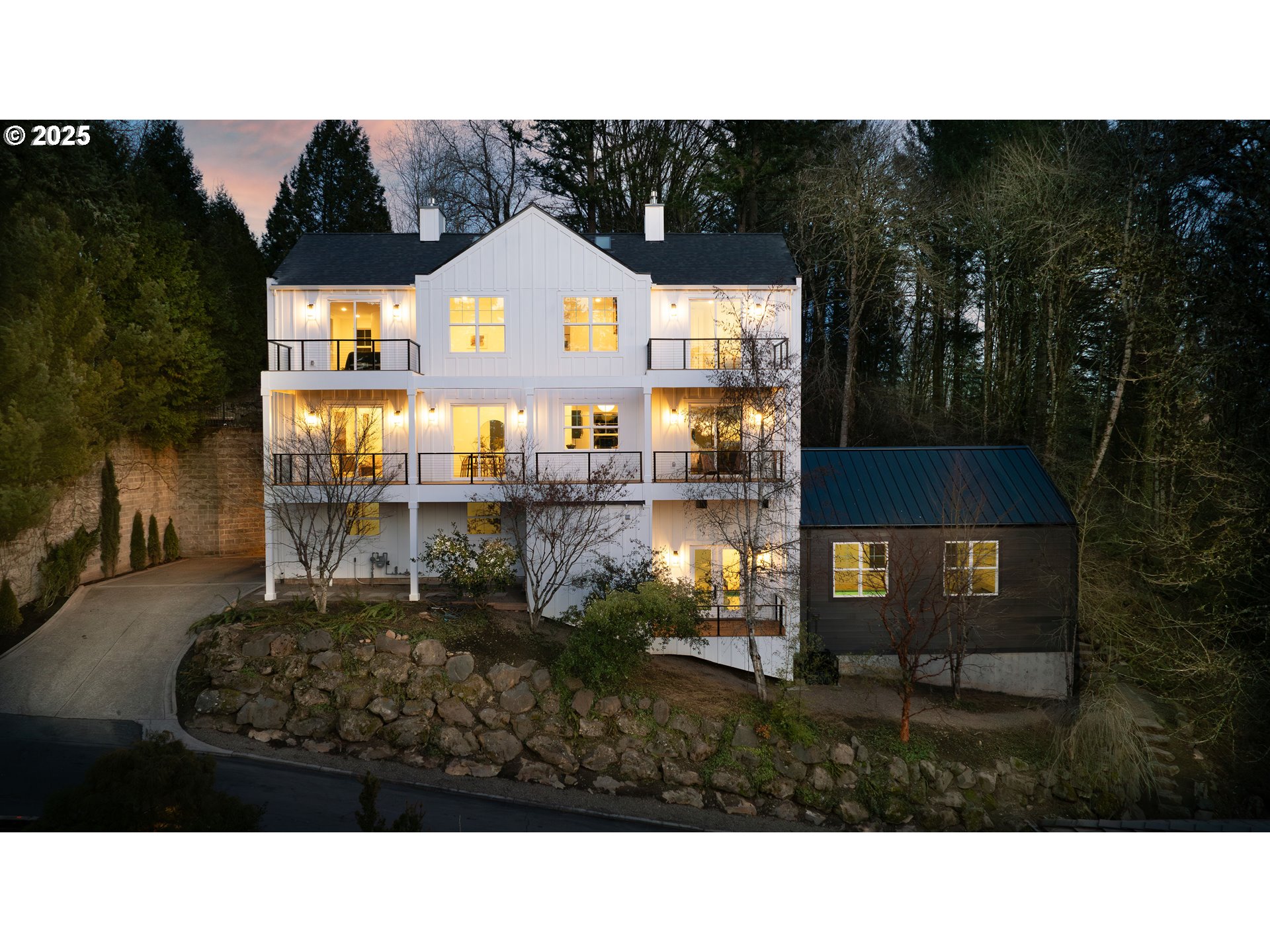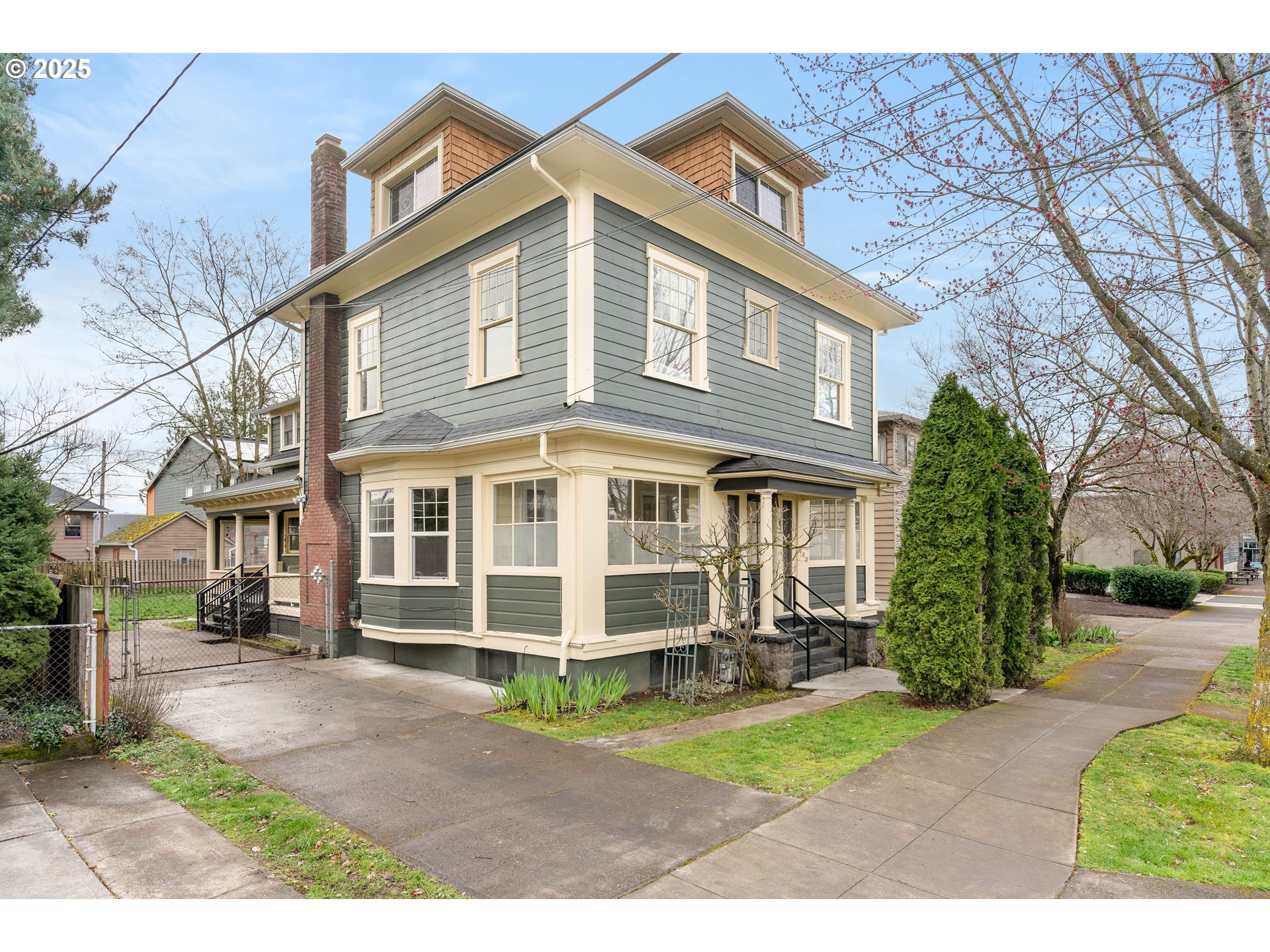I was sent these vintage photos of my house (above and below) that were taken in the 60’s when we were applying to be included in the historic registry… See more on Instagram
Day Hilborn had a vibrant and eclectic life. He was heavily influenced by music and performance theatre. In the 1930’s he was known most for his movie theatre designs. It was said that he was known by everyone in town and he had a great influence on the design of Vancouver, WA.
Born on a Michigan farm on February 1, 1897, he attended high school in Centralia, Washington where he was an avid thespian. His college years were interrupted by two bouts of duty in the U.S. military, one at the Texas/Mexican border and another in France. When he returned to college, he wanted to study art before his future brother-in-law, Hubert Miller, convinced him to change his major to architecture and engineering.
His early professional years were spent in real estate before becoming the construction superintendent for the architect Richard V. Gough. After Gough’s retirement around 1930, Hilborn took over the business as a primary architect – one of three in the city. During this time, he designed many buildings in downtown Vancouver in the Art Deco Style. One of his most notable was the Kiggins Theater Building, which launched his infamy in the theatre world and led to many theatre commissions throughout Oregon and Washington,
As World War II hit, his projects diversified. Though Vancouver was growing due to the military shipyards in town, times were tough. Many of his residential homes were built during this period. He seems to be the architect for much of Vancouver’s political and social elite at the time. Among his projects were the Elwood Caples House (city Attorney) Raymond & Eleanor Bachman House (V.P. of the Columbian), Harold & Pauline Whitefield House (Whitefield Real Estate Co), the Elwood, Dr Ralph Carter House (mayor & Dentist), the A.W. Kendall House, the Eugene Cushing House (Prosecuting Attorney).
As architectural styles became more modern, Hilborn exceeded at adapting to the times. He remained a favored architect throughout his career. He began to slow down on architectural projects in 1960, but remained avid in his pursuits, singing as bassist in a quartet and participating in the community throughout the end of his life.
Our home, known as the Emerick House, was unanimously declared a Class I Historic Landmark in 2017 and shares the list with many of Hilborn’s creations. Built in 1960, it is a shining example of regional modernism and has not had many updates since its’ creation. We are absolutely in love with this home and I am so proud to be able to share a little bit of its’ history here.
Visit here and here to learn more about the ever-great Day Hilborn, and scroll below our home, the Emerick House!
I was sent these vintage photos of my house (below) that were taken in the 60’s when we were applying to be included in the historic registry… See more on Instagram

